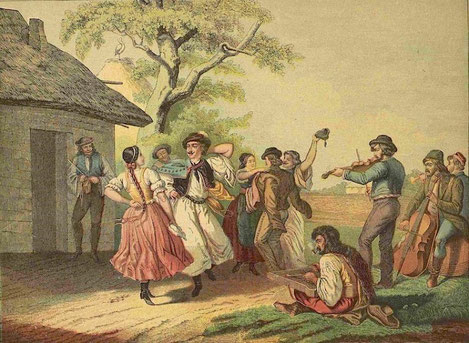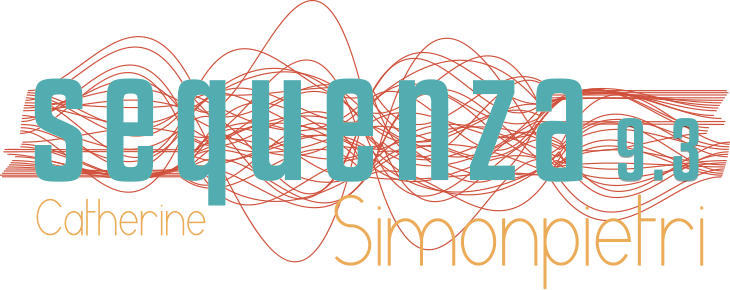Création en cours
EAST WIND
ENSEMBLE SEQUENZA 9.3 & CHAUSSON TRIO
Voix et instrument(s)

EAST WIND
ENSEMBLE SEQUENZA 9.3 & CHAUSSON TRIO
- 12 mixed voices
- Chausson Trio: violin,cello, piano
- Bartók, Brahms, Dvořák, Kodály, Kurtág, Ligeti, R. Schumann
- Commission for original arrangements from melodies collected by Bartók and Kodály
- Running time: 1h10
Johannes Brahms (1833-1897)
Hungarian Dances (arrangement for trio) - excerpts
Béla Bartók (1881-1945)
Four Slovak Folksongs - Mixed choir and piano (arrangement with trio)
Five Slovak Folksongs - Male choir a cappella
Zoltán Kodály (1882-1967)
Bilder aus der Mátra-Gegend (excerpts) - Mixed choir a cappella
György Ligeti (1923-2006)
Two a cappella choirs
Éjszaka - Night
Reggel - Morning
György Kurtág (1926-)
Klárisok - Mixed a cappella choir
Béla Bartók
Six Romanian Folk Dances SZ56 (arrangement for trio)
Romanian Dance, op. 8A1
Original suite for mixed choir and trio, based on songs collected by Bartók and Kodály:
Ablakomba - by my window (Magyar nepdalok n.6)
Azért hogy én huszar vagyok - since I am a hussar (Magyar nepdalok n.13)
A Nád Jancsi csárdába van - Jancsi Nád was in the inn (Magyar nepdalok n.14)
Gerencséri ucca - Gerencser Street (Magyar nepdalok no. 17)
Láttade te, babám - Have you seen him, my darling? (Magyar nepdalok n.20)
Oral tradition has always held a special place in my musical career: in perpetual motion, it is both a legacy of the past and an opening onto new creation. Many composers of previous centuries have drawn inspiration from this generous source. I'm thinking in particular of Béla Bartók and Zoltán Kodály, who left the capital to explore the Hungarian countryside and compile a precious catalogue of songs, melodies and dances.
It is these Central European gems that the Vent d'est programme brings to the fore. The rhythms of Hungarian, Romanian and Slovakian dances, magnified by the Trio Chausson, are matched by the poetry of a cappella vocal pieces - but, above all, the two groups become one to extend, through original arrangements of Hungarian songs, the gesture of permanent reinvention to which folk melody seems to invite us.
CATHERINE SIMONPIETRI

